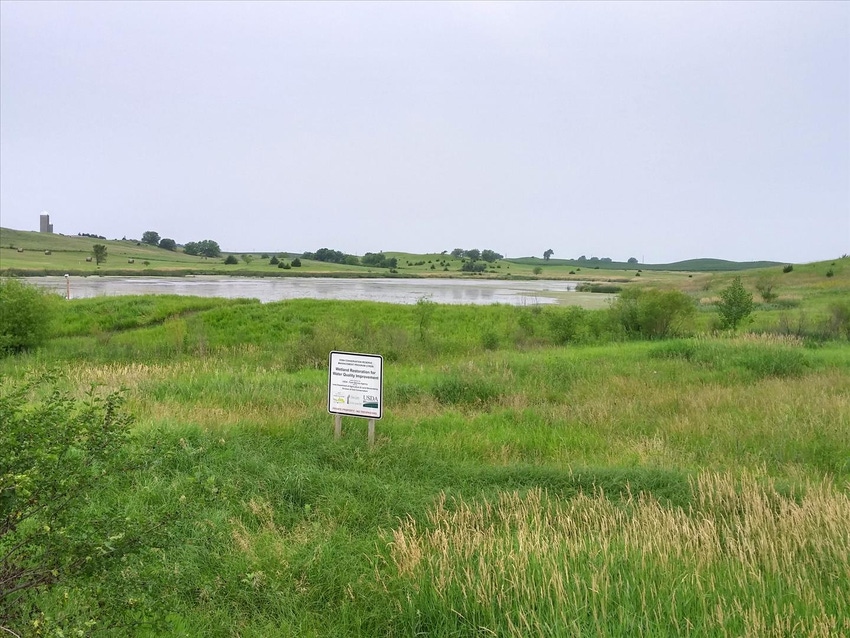Drought-stricken regions in Montana, North Dakota and South Dakota granted emergency haying beginning July 16.

On Monday, the United States Cattlemen’s Assn. (USCA) sent a letter to Agriculture Secretary Sonny Perdue requesting that the U.S. Department of Agriculture consider authorizing the emergency haying of Conservation Reserve Program (CRP) lands in the drought-stricken regions of Montana, North Dakota and South Dakota. USDA immediately responded with the authorization and went beyond the initial ask to also include up to 150 miles beyond the regions rated in D2 drought conditions.
July 15 marks the end of the primary nesting season in Montana. Because of the severe drought conditions, authorization for emergency haying may begin July 16 in North Dakota and South Dakota. Producers who donate their hay as part of a mid-contract management activity are not required to pay the 25% annual CRP payment reduction.
In the letter, USCA president Kenny Graner from Mandan, N.D., noted that emergency grazing is still not immediately available to many producers in these regions due to fencing and watering needs, and USCA applauded USDA's recognition of that fact in the announcement. “Making use of these vital grounds while there is still relative feed value left is crucial to keeping herds solvent through the coming winter,” Graner said.
The letter added that these regions have experienced up to a 75% reduction in hay production; without an approval for emergency haying, the hay that is left on CRP lands will essentially have no nutritional value by the time haying on these lands does become available.
USCA secretary Whitney Klasna from Lambert, Mont., noted that, in many places, the upland bird population that nests on CRP lands has already left nests and is on the move, and the birds are more than capable of moving safely out of the way of haying equipment.
“We have already moved our cows onto pastures that we typically reserve for late-summer and early-fall grazing,” Klasna said. "Our stock dams are drying up, and we will have a well driller out this week to drill a new well for stock water. The forecast shows no relief, with temperatures hovering near 100 degrees. The extended forecast shows no chance of moisture, meaning we are only one lightning strike away from a big disaster, and what hay we do have left is burning up on our CRP lands. The announcement will provide our operation with the tools we need to take care of our stock through these especially difficult times.”
Rep. Kristi Noem (R., S.D.) also welcomed the announcement. “While CRP is traditionally not released for haying this early in the season, we cannot wait to act in a year like this,” Noem said. “We already face a severe feed crisis, and if conditions are left to worsen without further relief, livestock producers could lose another essential source of feed. I thank Secretary Perdue for considering the unique circumstances and taking decisive action in offering another option to drought-stricken ranchers.”
On June 23, USDA announced that it would open certain South Dakota CRP areas to grazing. A week later, the agency announced that it would allow certain CRP contract holders to donate the hay harvested for midseason management to livestock producers in drought-stricken counties.
In addition to CRP access, ranchers in counties designated as D3 (or D2 for at least eight weeks) on the U.S. Drought Monitor are eligible for support from the Livestock Forage Program.
About the Author(s)
You May Also Like





